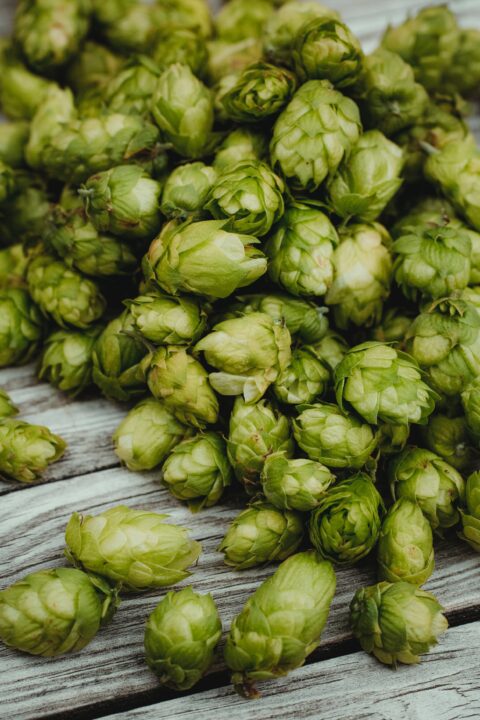Stink Bugs Established In California’s Capital

Midtown Sacramento, CA, now has a well-established population of brown marmorated stink bugs (BMSB) (Halyomorpha halys) on several blocks, perhaps a half-square mile. Chuck Ingels, University of California Cooperative Extension Sacramento County director, reports that he didn’t have any problem finding them on trees and flying around, since now they are aggregating.
It is estimated that the stink bugs have been in the area for one to two years, perhaps even three, and is the first reproducing BMSB population in California outside Los Angeles County, he says. Here is a U.S. map of where BMSB has been found.
Because they are strong flyers and can travel up to a half mile per day, it’s likely a matter of time before they reach farms — perhaps 1-3 years — and growers should be on the lookout for these true bugs, says Ingels. There are several types of traps using sex pheromone. Trapping studies have been conducted by the USDA-Agricultural Research Service in the Northeast states and at University of California-Riverside.
BMSB feeds on several dozen species, including apples, pears, cherries, peaches, melons, corn, tomatoes, peppers, berries, wine grapes — just about any plant with a botanical fruit — as well as many ornamentals, especially trees such as Paulownia, Catalpa, and Tree of Heaven. In 2010, they caused $37M in damage to orchards in the mid-Atlantic states. It is also a serious nuisance pest, as it seeks out lights at night and aggregates in sheltered areas in the winter in droves.
BMSB is not a serious pest in east Asia, where it originated, because of control by parasitic wasps. Collections of parasitic wasps (especially Trissolcus) have been made, but it will take 2-3 years before they can be released in California because they need to be tested first. Parasitism is the best hope for reducing populations, says Ingels.
Control of BMSB is very challenging. Some insecticides are effective but must be applied frequently, and sometimes they have simply not worked. Fortunately, years of research have led to the most effective monitoring and control techniques, he says. Control for organic growers and home gardeners and residents will be the most daunting.
For more information: http://www.stopbmsb.org/.









